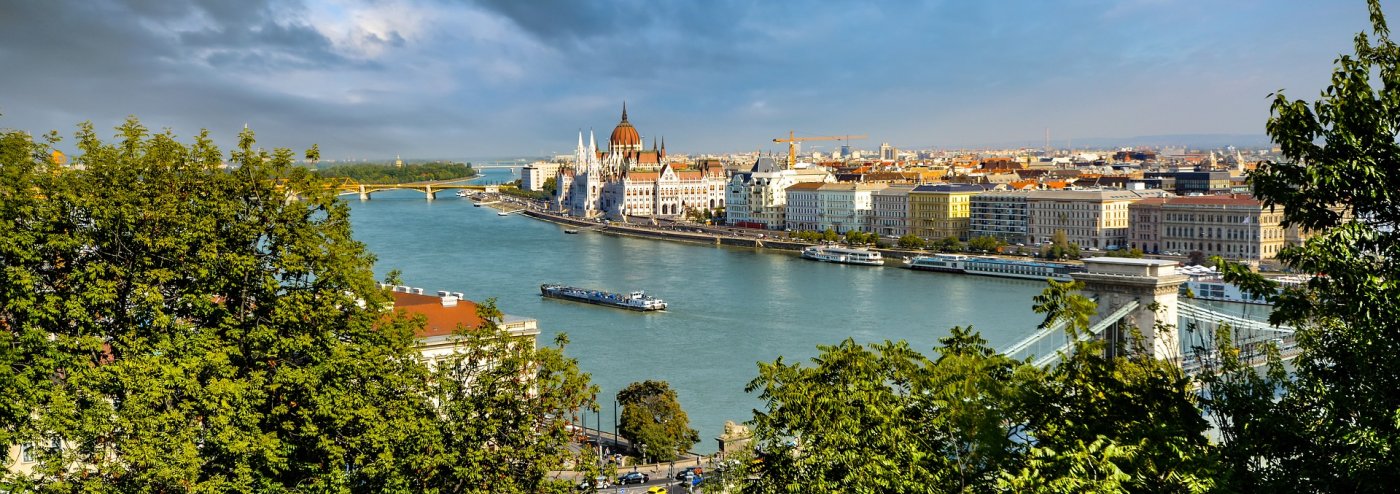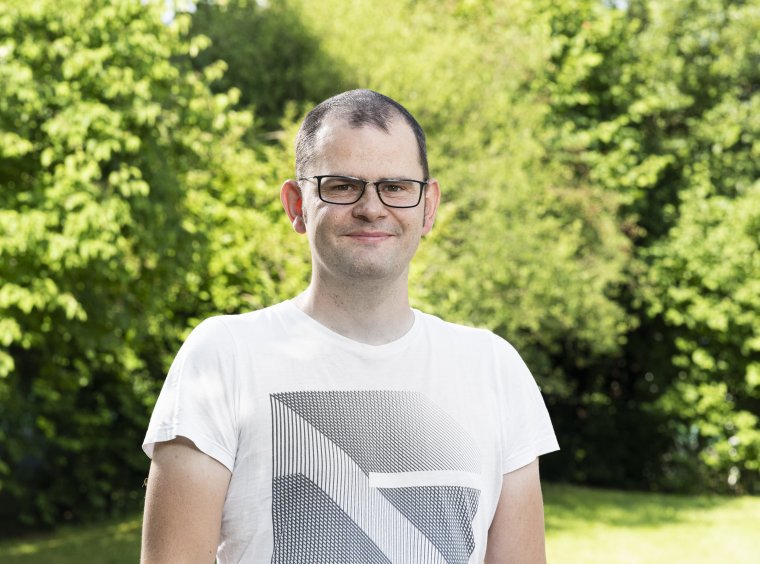
Land use change alters river run-off and evatotranspriration across Europe
Abstract
Since the 1950s, Europe has undergone large shifts in climate and land cover. Previous assessments of past and future changes in evapotranspiration or streamflow have either focussed on land use/cover or climate contributions or on individual catchments under specific climate conditions, but not on all aspects at larger scales. Here, we aim to understand how decadal changes in climate (e.g. precipitation, temperature) and land use (e.g. deforestation/afforestation, urbanization) have impacted the amount and distribution of water resource availability (both evapotranspiration and streamflow) across Europe since the 1950s. To this end, we simulate the distribution of average evapotranspiration and streamflow at high resolution (1 km2) by combining (a) a steady-state Budyko model for water balance partitioning constrained by long-term (lysimeter) observations across different land use types, (b) a novel decadal high-resolution historical land use reconstruction, and (c) gridded observations of key meteorological variables. The continental-scale patterns in the simulations agree well with coarser-scale observation-based estimates of evapotranspiration and also with observed changes in streamflow from small basins across Europe. We find that strong shifts in the continental-scale patterns of evapotranspiration and streamflow have occurred between the period around 1960 and 2010.
In much of central-western Europe, our results show an increase in evapotranspiration of the order of 5 %–15 % between 1955–1965 and 2005–2015, whereas much of the Scandinavian peninsula shows increases exceeding 15 %. The Iberian Peninsula and other parts of the Mediterranean show a decrease of the order of 5 %–15 %. A similar north–south gradient was found for changes in streamflow, although changes in central-western Europe were generally small. Strong decreases and increases exceeding 45 % were found in parts of the Iberian and Scandinavian peninsulas, respectively. In Sweden, for example, increased precipitation is a larger driver than large-scale reforestation and afforestation, leading to increases in both streamflow and evapotranspiration. In most of the Mediterranean, decreased precipitation combines with increased forest cover and potential evapotranspiration to reduce streamflow. In spite of considerable local- and regional-scale complexity, the response of net actual evapotranspiration to changes in land use, precipitation, and potential evaporation is remarkably uniform across Europe, increasing by ∼ 35–60 km3 yr−1, equivalent to the discharge of a large river. For streamflow, effects of changes in precipitation (∼ 95 km3 yr−1) dominate land use and potential evapotranspiration contributions (∼ 45–60 km3 yr−1). Locally, increased forest cover, forest stand age, and urbanization have led to significant decreases and increases in available streamflow, even in catchments that are considered to be near-natural.
Link to paper: https://www.hydrol-earth-syst-sci.net/23/3631/2019/
